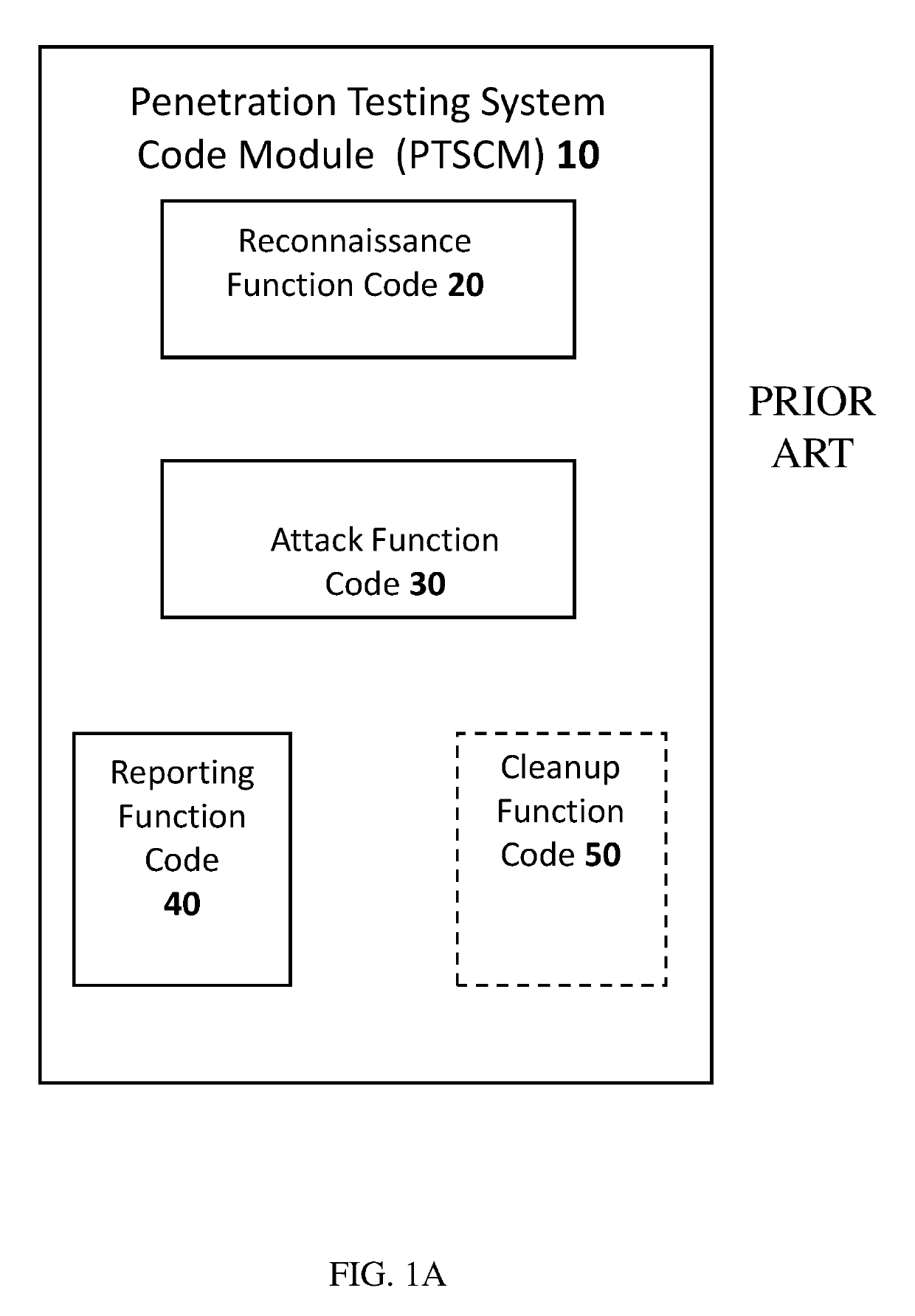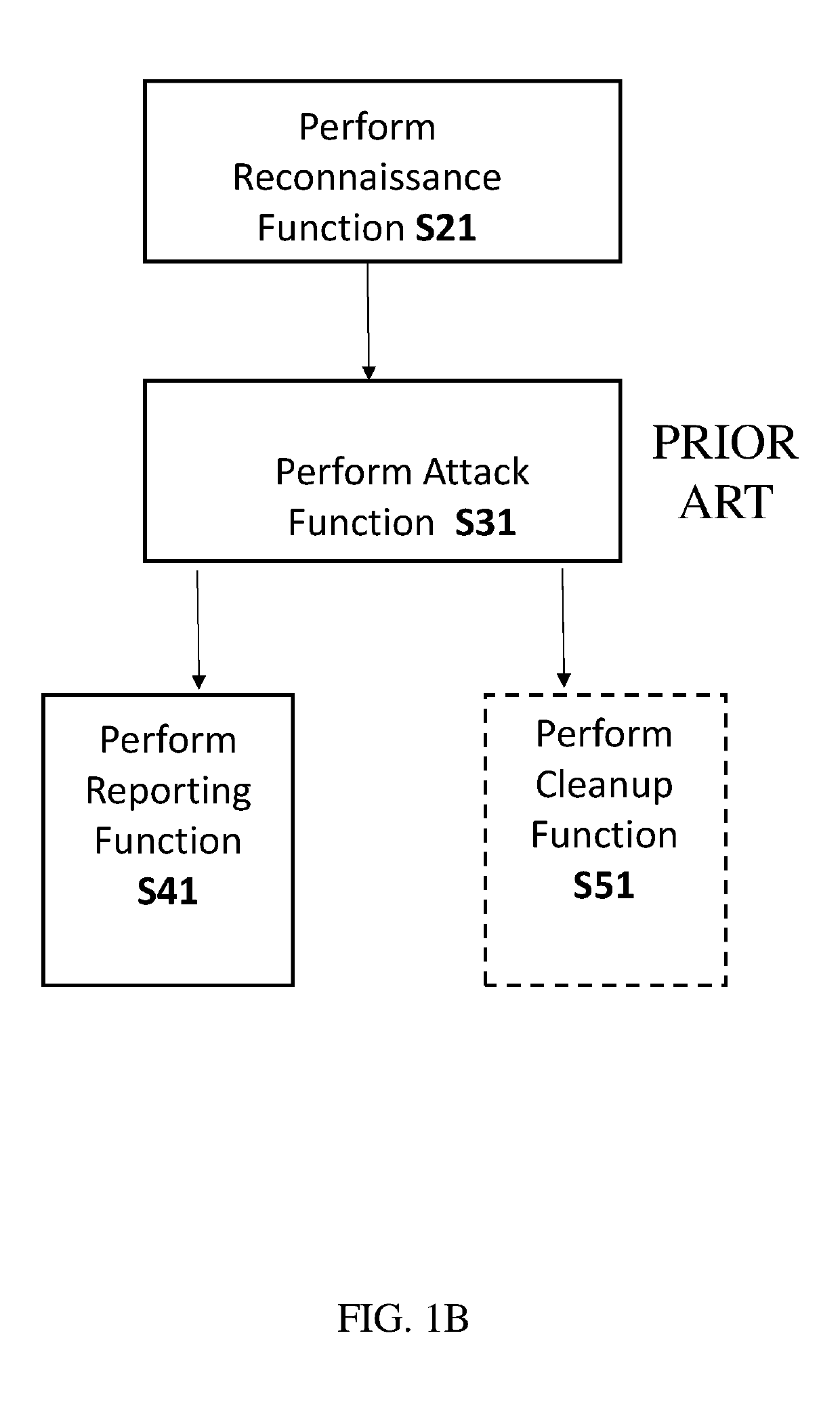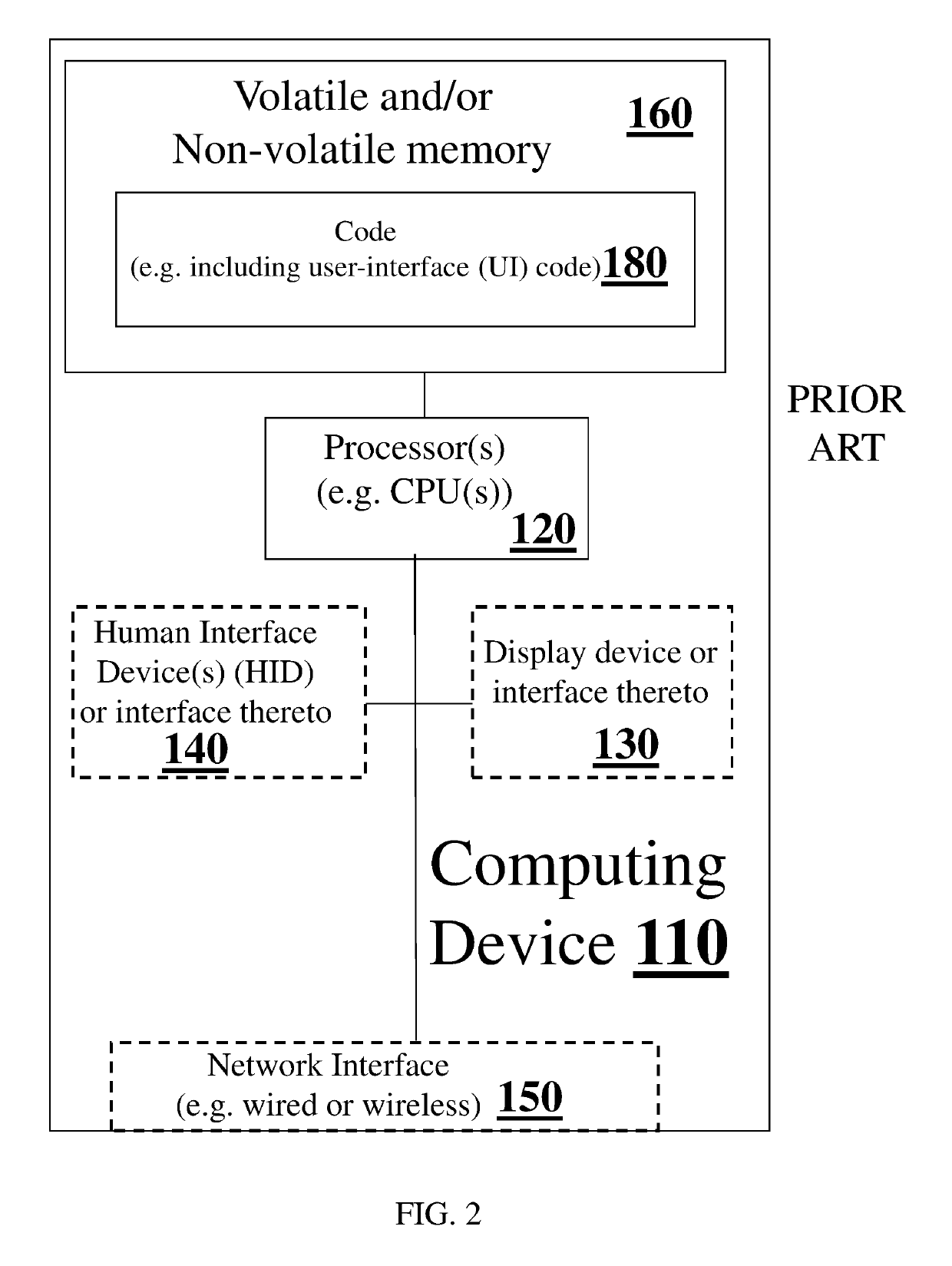Systems and methods for using multiple lateral movement strategies in penetration testing
a technology of multiple lateral movement and penetration testing, applied in the field of organizational networked computing systems, can solve problems such as significant damage, total shutting down all operations, loss of such data, and leaking such data to unauthorized external entities, and achieve the effects of avoiding the loss of data
- Summary
- Abstract
- Description
- Claims
- Application Information
AI Technical Summary
Benefits of technology
Problems solved by technology
Method used
Image
Examples
Embodiment Construction
[0108]The invention, in some embodiments, relates to penetration testing of a networked system, and specifically penetration testing which includes executing of a plurality of penetration testing campaigns each using a different lateral movement strategy.
[0109]The present disclosure should be interpreted according to the definitions in the “Definitions Section” at the end of the specification. In case of a contradiction between the definitions in the “Definitions Section” at the end of the specification and other sections of this disclosure, the “Definitions Section” at the end of the specification section should prevail.
[0110]In case of a contradiction between the “Definitions Section” at the end of the specification and a definition or a description in any other document, including in another document incorporated in this disclosure by reference, the “Definitions Section” at the end of the specification should prevail, even if the definition or the description in the other documen...
PUM
 Login to View More
Login to View More Abstract
Description
Claims
Application Information
 Login to View More
Login to View More - R&D
- Intellectual Property
- Life Sciences
- Materials
- Tech Scout
- Unparalleled Data Quality
- Higher Quality Content
- 60% Fewer Hallucinations
Browse by: Latest US Patents, China's latest patents, Technical Efficacy Thesaurus, Application Domain, Technology Topic, Popular Technical Reports.
© 2025 PatSnap. All rights reserved.Legal|Privacy policy|Modern Slavery Act Transparency Statement|Sitemap|About US| Contact US: help@patsnap.com



